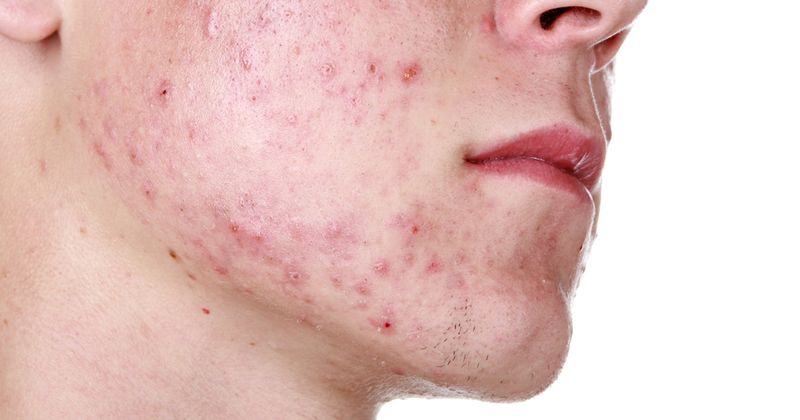Benzoyl peroxide 2.6% cleanser for sensitive skin reduces acne lesions
Key takeaways:
- A 2.6% benzoyl peroxide cleanser reduced lesion count without irritation in patients with acne and sensitive skin.
- Porphyrin counts and area also reduced, suggesting the relative quantity of C. acnes decreased.
In adults with sensitive skin and acne vulgaris, a 2.6% benzoyl peroxide cleanser reduced acne lesions without irritating the skin, according to a study.
“Benzoyl peroxide (BPO) has a long history of use in the management of acne vulgaris (AV) and has been formulated in a variety of concentrations and vehicles including creams, gels and cleansers,” James Q. Del Rosso, DO, research director at JDR Dermatology Research, and colleagues wrote.

Use of BPO has been limited in sensitive skin; however, the possibility of skin irritation has led researchers to study different BPO concentrations and vehicles such as micronization and microencapsulation.
Participants in this study were instructed to wash their face twice daily with Complexion Clearing AV Cleanser (Cetaphil, Galderma), a 2.6% micronized BPO cleanser, for 4 weeks.
Twenty-eight adult participants (age range, 18-45 years; 25 women) with self-reported sensitive skin and mild to moderate AV were enrolled in the single-center, open label study.
Total AV lesion counts were reduced from 15.1 to 11.3 (–25.17%) after 1 week, which was significant, and to 13.3 (–11.92%) after 4 weeks, which was a numerical reduction but not statistically significant.
Porphyrin counts, used to evaluate the relative quantity of Cutibacterium acnes, were reduced from 769.357 on the left side and 784.857 on the right side to 619.786 (–19.4%) and 558.714 (–28.8%) at week 1 and 679.893 (–11.6%) and 700.536 (–10.7%) at week 4, respectively. Again, week 1 findings were significant, whereas week 4 findings were not.
Additionally, the porphyrin area saw a significant reduction from 95.526 to 75.864 (–20.6%) at week 1, as well as a reduction to 84.121 (–11.9%) at week 4, on the left side. On the right side, a significant reduction from 95.282 to 70.164 (–11.9%) was seen at week 1, and a reduction of 85.103 (–10.7%) was seen at week 4.
Patient satisfaction, measured with self-reported questionnaires, was high, according to the authors. Of the 28 patients who answered the questionnaire at week 1, 89.3% reported soft-feeling skin and 85.7% said their skin felt more smooth and less oily. At week 4, with the questionnaire again answered by 28 patients, 89.3% said the cleanser felt gentle and 82.1% reported the cleanser was non-drying and reduced their AV.
No adverse events were reported.
“These positive results were not surprising, since CCAC was specifically formulated to mitigate skin irritation while incorporating 2.6% micronized BPO as the active ingredient,” the authors wrote. “This cleanser, tested in subjects with sensitive skin, can be used during and between AV flares. In addition to improving the management of AV, the results of this study show that this 2.6% BPO cleanser was also very well tolerated and well-liked by subjects with self-perceived sensitive skin.”
